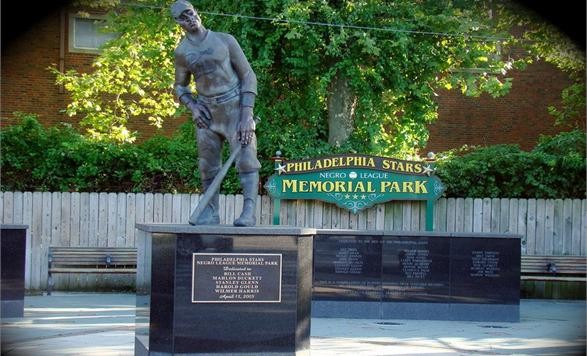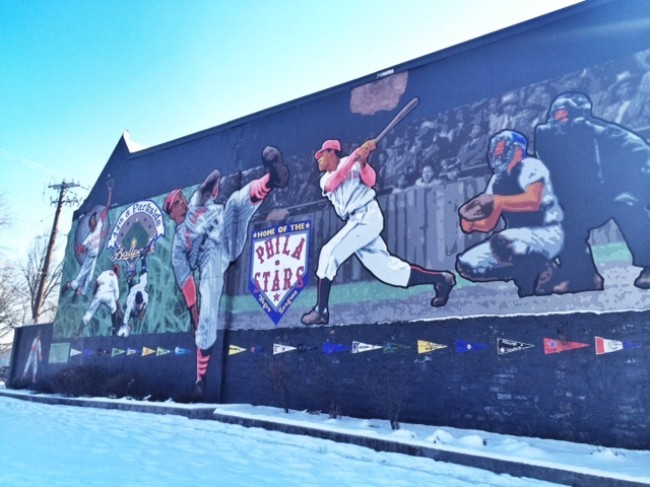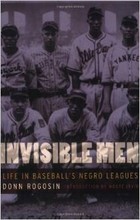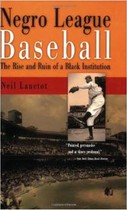Philadelphia Stars Negro League Memorial Park
Introduction
Text-to-speech Audio
Images
Philadelphia Stars Negro League Memorial Park Statue

Philadelphia Stars Negro League Memorial Park Mural

Donn Rogosin, Invisible Men Life in Baseball's Negro Leagues-Click below for more information about this book

Negro League Baseball: The Rise and Ruin of a Black Institution--Click below for more information about this book

Penmar Park, aka 44th and Parkside ballpark, was built by the Pennsylvania Railroad YMCA and leased by the Stars

Backstory and Context
Text-to-speech Audio
The Philadelphia Stars were established in 1933 by Ed Bolden, the previous owner of the Hilldale Daisies. The Stars became a member of the Negro National League after one season as an independent team in 1933. As a member of the NNL in 1934, the Stars won the NNL pennant in a classic series with the Chicago American Giants.
From 1934 until 1948, the Stars remained one of the biggest draws within the NNL. After the NNL dissolved in 1948, the Stars joined the Negro American League and continued baseball operations until 1952. During the Philadelphia Stars’ time, they featured greats like Biz Mackey and even Satchel Paige in 1950.
Recently, the Philadelphia Phillies have worked to honor the men of the Philadelphia Stars and their contributions to the game of baseball and the city of Philadelphia. Every April 15 on Jackie Robinson Day, the Phillies and members of various Philadelphia Business Association members gather at Philadelphia Stars Negro League Memorial Park to honor and remember the legacy of African American baseball in the Philadelphia community.
Cite This Entry
Milam, Chandler and Clio Admin. "Philadelphia Stars Negro League Memorial Park." Clio: Your Guide to History. May 28, 2017. Accessed April 12, 2025. https://theclio.com/tour/1860/18/reverse
Sources
Philadelphia Stars. Negro League Baseball Museum. Accessed May 28, 2017. http://coe.k-state.edu/annex/nlbemuseum/history/teams/philstars.html.

